For a long time, “top talent” has been used to describe professionals who are perceived as the very best performers. This group was deemed so special that a trend emerged where hiring leaders believed only inferior talent was actively looking for jobs. The so-called “best talent” was contiguously employed, so they’d need to be pursued and enticed into leaving their current employers. This logic was so flawed, and I’m glad it’s a fad that faded away.
In his book, Think Again, organizational psychologist Adam Grant discourages using “best practices” because it suggests a pinnacle and limits our exploration of other practices that might work as well or better. In that same vein, the term “top talent” implies a hierarchy of talent and doesn’t allow for fluidity in performance—a very human phenomenon. For instance, an athlete may be deemed the season MVP, but then next season someone else is given the title. That doesn’t mean the first player lost their athletic ability.
Here are three reasons why it is time to rethink our use of “top talent” if we actually want to recruit employees we can count on.
Top talent—we think we know it when we see it, right? It’s obviously the person who seems to be riding high and firing on all cylinders. Identifying contributors who make the biggest difference, and figuring out how to retain them, is exactly what HR should help business leaders do. The problem is that there’s no real definition for “top talent.” Without a standardized way to measure it, attempting to describe what makes someone qualify becomes a challenge.
A talent is something specific, like handling customers well or creating high engagement on a team. But the term “top talent” is used broadly, implying that the person in question is better than everyone else at many things. This ultimately leads to an oversimplification of the contributions team members make.
Consider, instead, what happens when we describe someone as “great.” Typically, we follow that statement up by sharing what the person was great at doing. This allows us to be more specific, more accurate and more inclusive when discussing our expectations of employees. By removing the term “top talent,” we eliminate false hierarchies and broaden the range of what capabilities can be considered, measured and valued.
There are so many talents that employees bring to their work. But if HR systems are designed to see only the talents defined as “most important,” seeing the wealth of talent becomes harder to do. If it’s not being sought, it’s not likely to be seen either. Shifting the language we use to describe talent would open the aperture to see different kinds of valuable contributions, which is an effective way to ensure organizations grow.
The HR industry is built on identifying and unleashing talent, but it continues to use an old model that suggests there’s a limited amount of qualified professionals who should be seen and developed. But if an organization only recognizes a few people as valued contributors, is it because of the employees or because of our perception of talent?
The argument exists that all work is not equal. While it’s true that some roles have a bigger impact on revenue than others, managers must acknowledge and value the full range of employee talent and contributions. If someone isn’t considered “top talent,” managers often pay less attention to them. When this happens, it can lead to employees being disengaged. People can tell when you don’t care about them, and that detachment spreads.
Language shapes how things are seen. Instead of an ill-defined term like “top talent,” we need to be specific and meaningful when we describe the workers we value most. The most inclusive, accurate language might lead to a more inclusive, high-performing workplace, and that would be a great outcome for all.
Dr. Lisa
